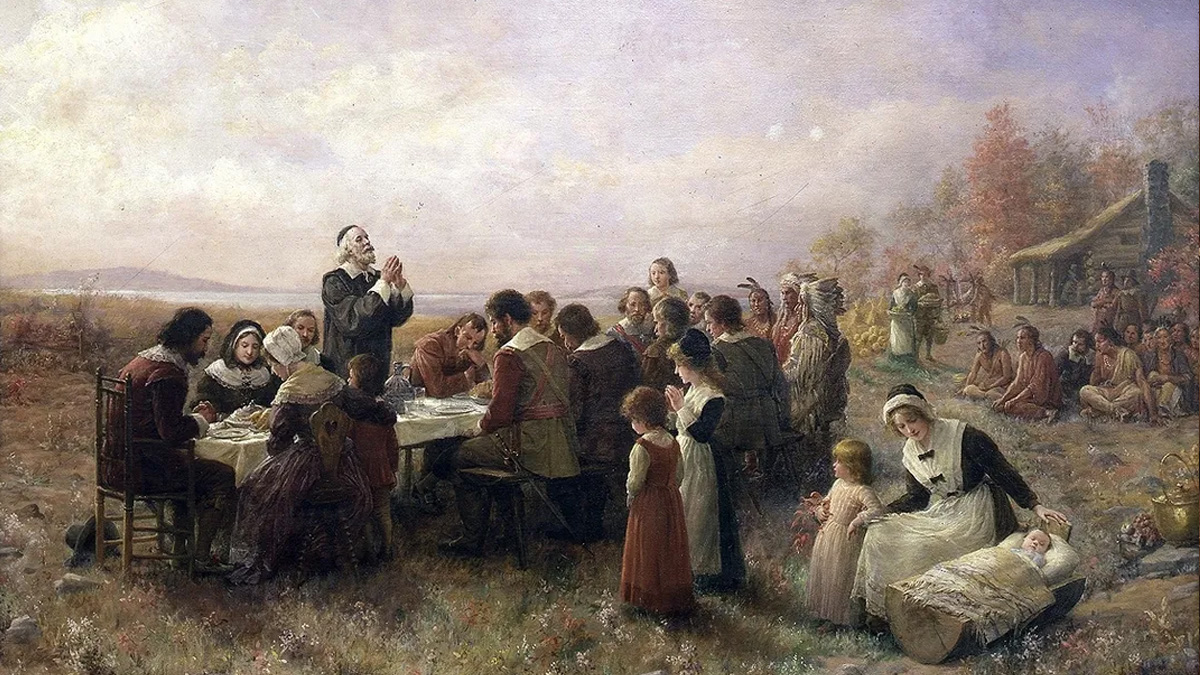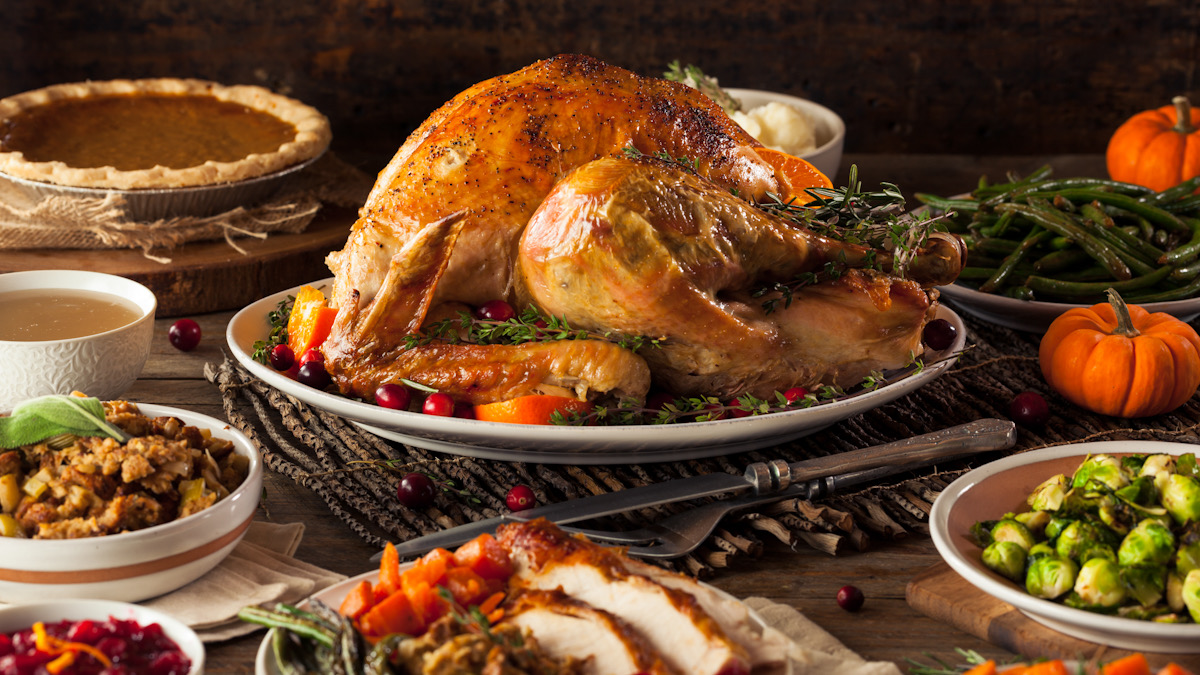It’s that dreaded time of year again, where we sit around an overcrowded table bumping elbows with that cousin who still acts like they’re 10 years old, and that uncle who never knows when to stop talking. The last few decades have seen plenty of frustration foisted Thanksgiving‘s way, and the holiday has become a point of contention for many across America.
As the histories of Indigenous people become more widely known, it’s hard for some of us to reconcile all of the pain this tradition comes with. It’s good to remember why this holiday came to exist in the first place. After all, knowing is half the battle, and sometimes you have to embrace the bad with the good.
What year was the Pilgrim’s Thanksgiving?

The first Thanksgiving celebration canonically took place in 1621, predating the formation of the United States by about 155 years. It followed a rough first year for the Pilgrims. 102 passengers had come across on the Mayflower, and the harsh winter left the colony with half of the original population. All that remained of the group was 22 men, 25 children and teens, and four women – 78% of the female population was gone.
The celebration marked the first successful harvest for the struggling pilgrims, and while there is no recording of what exactly was eaten that day, historians have a pretty good idea.
The meal was likely a bountiful feast of corn, squash, sunflowers, and beans, grown with the help of Squanto, a Wampanoag man. He taught the people of Jamestown how to use the traditional Three Sisters planting regimen – a companion method of sowing crops free from tiling and plowing. Spinach, onions, lettuce, and cabbage foraged from the surrounding woods and grasslands were also likely provided for the meal.
The Wampanoag’s greatest leader, Massasoit, brought 90 of his finest warriors to the celebration, which was central to their spiritual beliefs. They arrived with an offering of 5 deer, which were likely spit-roasted or eaten in stews. In the 1600s, any corn was most likely used to make bread or porridge. The Wampanoag were masters of foraging, and likely supplied the meal with blueberries, plums, grapes, gooseberries, cranberries, and raspberries. The fruits would have been the sweetest part of the meal, with most of the Mayflower’s supplies, like sugar and butter, depleted by November.
But there was a Thanksgiving recorded two years before the pilgrim’s feast. It was celebrated in what is now Charles City County, Virginia, by the Berkeley Hundred and the Powhatan people in 1619. The feast is held in far less regard, with the Powhatan people fully decimating the Berkely Hundred less than a year later. I’m guessing they had it coming.
How long was the first Thanksgiving?

After the long hard winter, the colonists needed a little downtime. The first feast lasted for three full days. The only account of the dinner was found in a letter written by Edward Winslow. It would take two centuries for Thanksgiving to be made into a national holiday.

